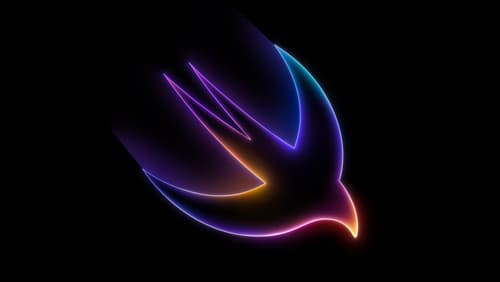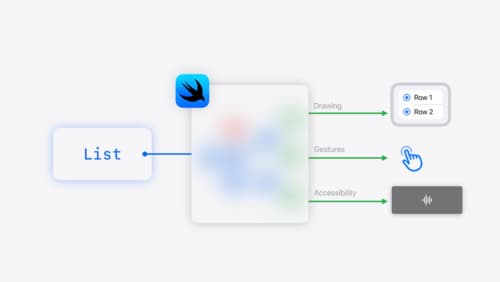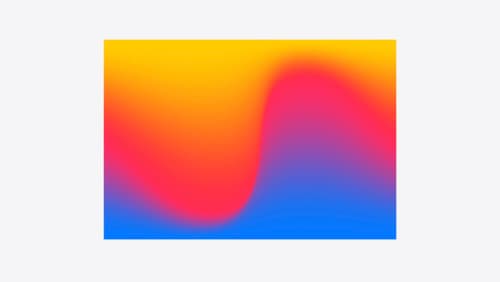swift ui performance
Asked on 2024-10-03
1 search
SwiftUI has introduced several performance enhancements and new features that can significantly improve the development experience and the performance of your apps. Here are some key points from the WWDC sessions:
-
Custom Visual Effects and Shaders: SwiftUI now supports fine-grained shaders, which are small programs that run on the GPU to create rendering effects. This allows for high-performance visual effects, such as mesh gradients and custom animations, directly within SwiftUI. You can learn more about this in the session Create custom visual effects with SwiftUI.
-
Improved Scrolling and Animation: SwiftUI has enhanced its scrolling capabilities, providing more control over scroll views, including the ability to detect changes in visibility due to scrolling. This allows for creating dynamic experiences like auto-playing videos when content comes into view. Additionally, animations have been improved, allowing for custom animations on UIKit and AppKit views driven by SwiftUI. More details can be found in the session What’s new in SwiftUI.
-
Interoperability and Performance: SwiftUI's interoperability with other frameworks has been enhanced, allowing for better integration with UIKit and AppKit. This includes shared gesture recognition and animation capabilities, which can be driven by SwiftUI. This is discussed in the Platforms State of the Union.
-
Declarative Structure and Adaptivity: SwiftUI's declarative nature allows for adaptive interfaces that automatically adjust to different environments, such as dark mode and dynamic type. This adaptivity is built into the framework, making it easier to create responsive and accessible apps. This is highlighted in the session SwiftUI essentials.
These enhancements make SwiftUI a powerful tool for building performant and visually appealing applications across all Apple platforms.

Platforms State of the Union
Discover the newest advancements on Apple platforms.

SwiftUI essentials
Join us on a tour of SwiftUI, Apple’s declarative user interface framework. Learn essential concepts for building apps in SwiftUI, like views, state variables, and layout. Discover the breadth of APIs for building fully featured experiences and crafting unique custom components. Whether you’re brand new to SwiftUI or an experienced developer, you’ll learn how to take advantage of what SwiftUI has to offer when building great apps.

Create custom visual effects with SwiftUI
Discover how to create stunning visual effects in SwiftUI. Learn to build unique scroll effects, rich color treatments, and custom transitions. We’ll also explore advanced graphic effects using Metal shaders and custom text rendering.
